Triathlon is a sporting discipline that challenges the body and mind. Combining swimming, cycling and running, this exciting sport tests the endurance and skills of athletes and one of the key aspects that makes the difference between a good and an excellent performance in a triathlon competition is the transitions. These moments of change between disciplines can be critical to success. In this article, we’ll present three tips to improve your triathlon transitions and make a difference to your performance.
Importance of transitions in triathlon
Transitions, also known as “T1” and “T2”, are crucial intervals during a triathlon race. Here, athletes switch quickly from one discipline to another, preparing to face new challenges. An efficient transition can mean gaining precious seconds, while a sloppy transition can trigger delays that negatively affect the final result.
Tip 1: Organise your transition area efficiently
One of the keys to achieving fast and smooth transitions in your triathlon event is the meticulous organisation of your area. When you arrive at the designated transition area, you need to be methodical in arranging your belongings, making sure everything is neatly laid out and accessible. Every second counts here, and a well-organised transition area can make the difference between gaining a competitive advantage or falling behind.
Before the competition, familiarise yourself with the layout of the transition area and find a strategic place to place your belongings. This way, when you exit the water or arrive on the bike, you’ll know exactly where to find each item without wasting valuable time searching through piles of cluttered gear.
A good practice is to place your items in the sequential order in which you will use them during the race. It is always advisable to place your bike in the position closest to the start, followed by other items such as your running shoes, helmet, sunglasses and any other accessories you may need. This arrangement will facilitate a smooth transition between each discipline.
Also, make sure you have everything you need ready to go. Remember that the time you invest in organising your transition area during training will allow you to fine-tune your strategy and improve your efficiency in competitions. Practice this routine over and over again, so that it becomes second nature and you can focus on your sporting abilities without worrying about wasting time in transitions.
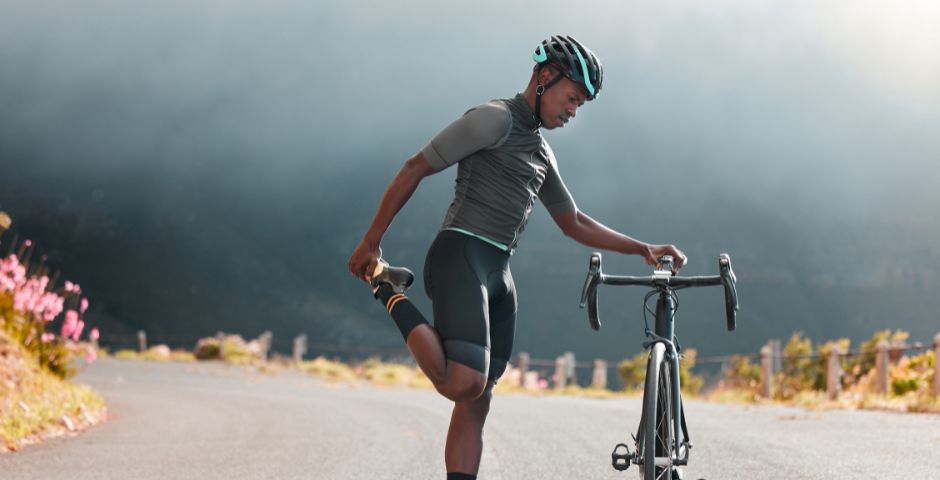
Tip 2: Practice quick switching between disciplines
To improve your transition skills, it is advisable to dedicate regular time to specific training sessions that focus on this area. Design practice sessions where you simulate the transition from swimming to cycling and cycling to running. These workouts will not only allow you to perfect your movements, but will also help you develop the agility needed to make quick and effective changes.
A great way to get started is to set up a course that includes the transition from each discipline. For example, you can start by swimming a set distance and then quickly head to your bike in the transition area. Once there, practice changing clothes, putting on your helmet and putting on your cycling shoes as quickly and accurately as possible. Then start the bike ride, making sure you get used to the sensation of changing from a horizontal to a vertical position.
At the end of the bike leg, return to the transition area and repeat the process for the transition to the run. Work on your technique to get into running shoes quickly and familiarise yourself with the feeling of starting to run immediately after cycling. This type of training will allow you to get your body and mind used to quick changes and smooth transitions.
In addition to the physical workouts, it is valuable to mentally practice the transitions. Visualise each step of the process in your mind, from getting out of the water to getting on the bike, and then running to the finish line. This visualisation technique will help you prepare psychologically for transitions in the actual competition and allow you to stay calm and focused during the process.
Tip 3: Mindset and focus during transitions
- Keep calm and focus your mind on the next challenge: Transitions can be moments of high intensity and nervousness, especially when competing in a high-level race. It is essential to stay calm and avoid letting emotions get the better of you. Focus your mind on the next challenge, whether it’s the transition from swim to bike or bike to run. Concentrating on the immediate task will allow you to perform the movements more smoothly and effectively.
- Eliminate distractions and focus on executing the movements smoothly and accurately: During transitions, any distractions can be costly in terms of time and concentration. Make sure you remove any unnecessary elements from your transition area and focus only on what you need for the next stage. Avoid unnecessary conversations or looking at other competitors. Concentrate on your routine and execute the movements with precision.
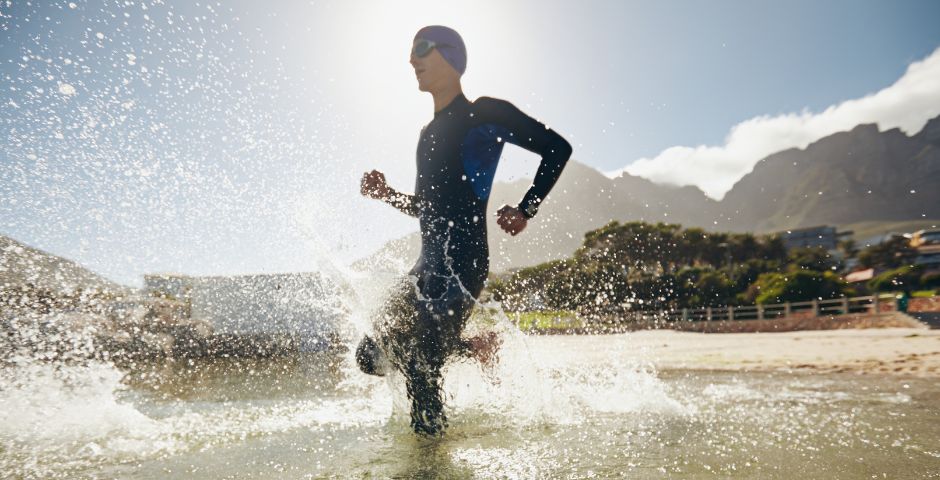
- Concentration and determination will help you overcome any obstacles and stay focused on your goals: During transitions, unforeseen events or difficulties may arise that test your determination. Keep your mind focused on your goals and the strategy you have previously designed. If something doesn’t go according to plan, don’t stop or get discouraged. Focus and determination will allow you to overcome any obstacles and move forward with strength and confidence.
Improving on transitions is an essential skill for any triathlete who aspires to excel in competition. Efficient organisation, consistent practice and a focused mindset are the cornerstones of success in these crucial stages of triathlon. For transitions, only consistent practice will do. To improve in the cycling segment, the BKOOL simulator is a perfect way to keep up with your training.
BKOOL is the most comprehensive cycling simulator on the market – try it FREE for 30 days!
 Go to BKOOL
Go to BKOOL
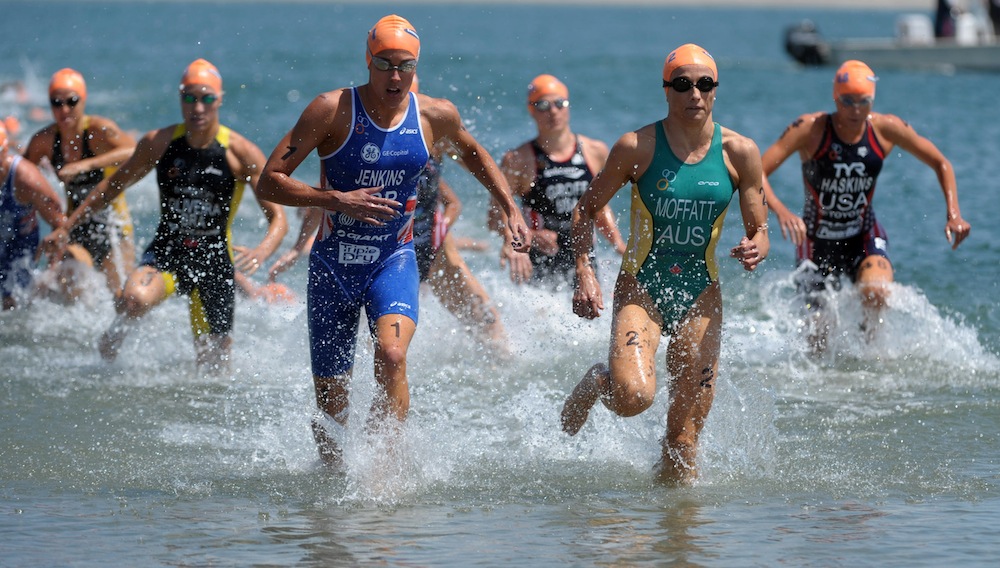
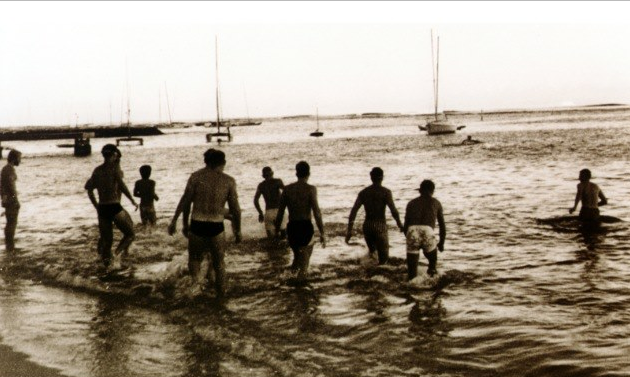
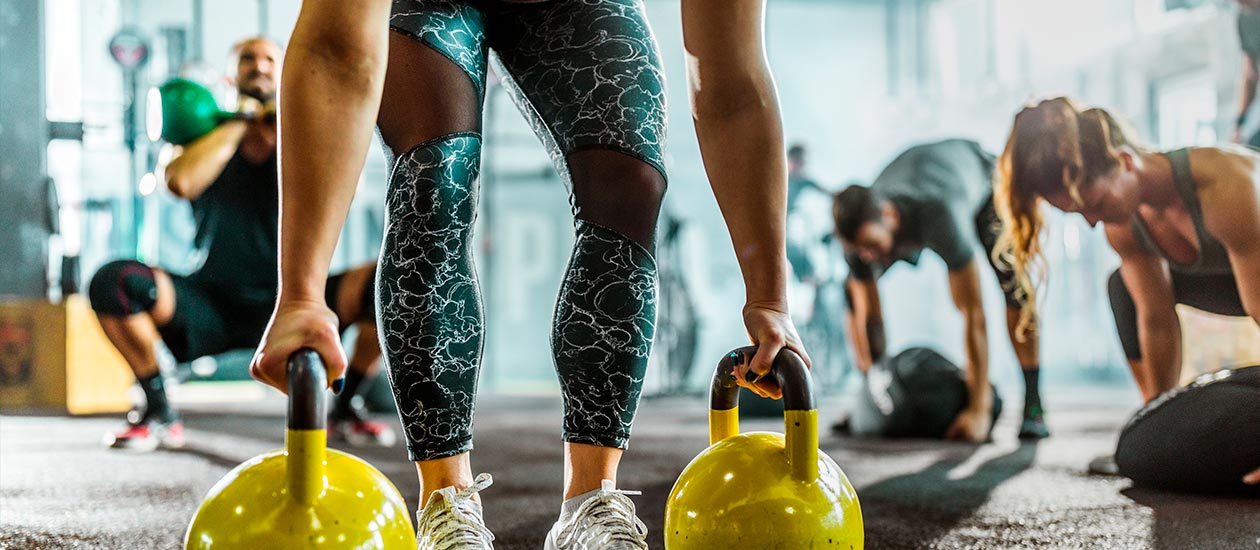
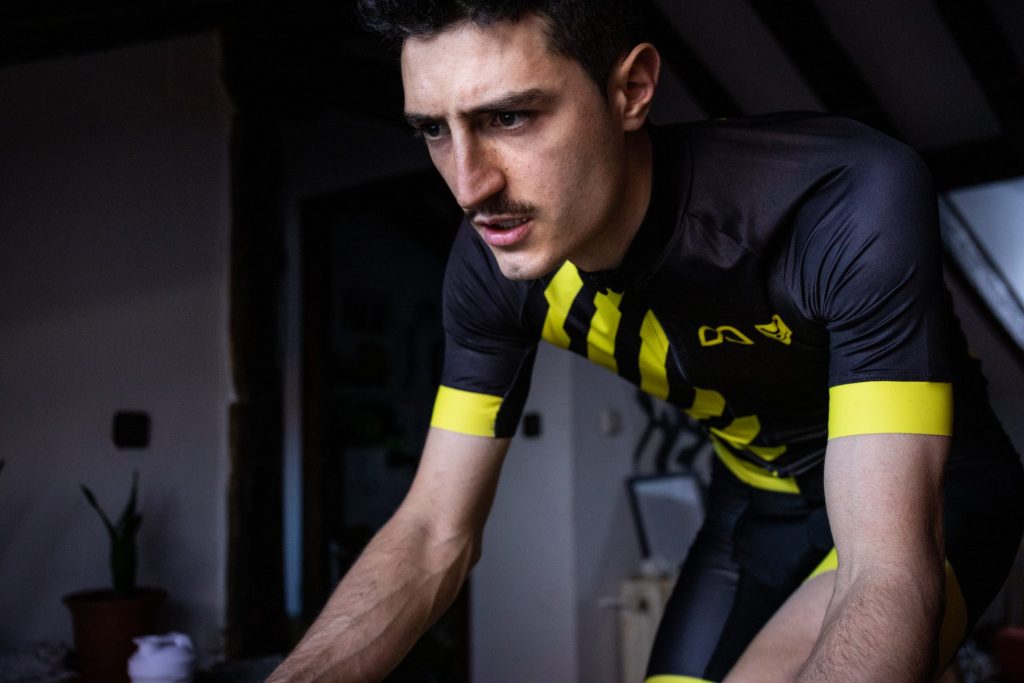


Qual o valor po mês
Olá, existem atualmente 3 planos de subscrição disponíveis: o plano mensal, em que o BKOOL lhe custaria 11 euros por mês, o plano anual, em que pagaria 110 euros por ano (9,16 euros por mês) e o plano familiar, que lhe permite partilhar a sua subscrição com até dois membros da sua família por 129 euros por ano (43 euros por pessoa). Espero ter sido útil. Muito obrigado.